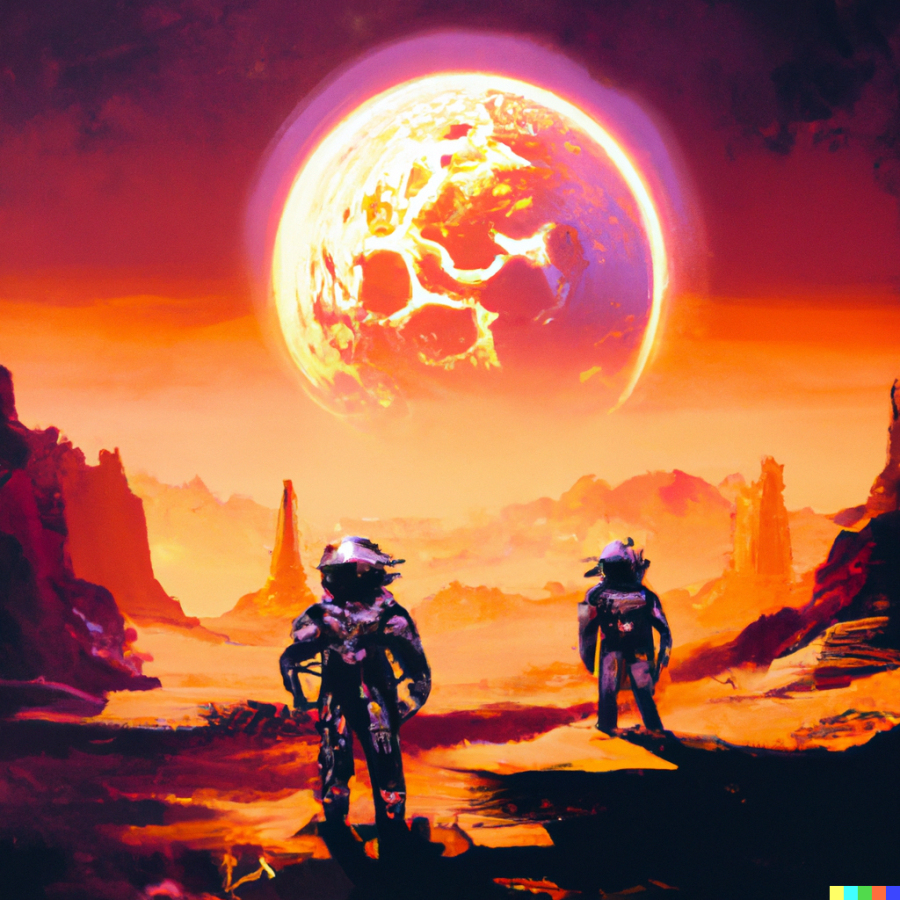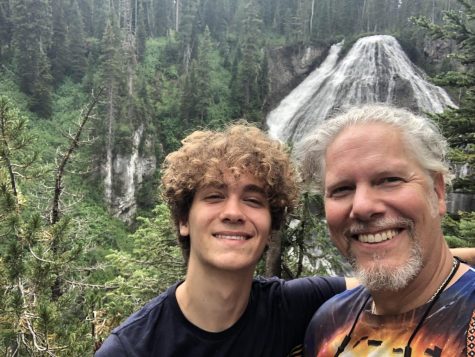DALL-E: Accessible Artificial Intelligence
Insight into the new, human-like developments of artificial intelligence platforms
December 30, 2022
DALL-E and DALL-E 2 can both be defined as deep-learning models that generate original digital images and artwork from “prompts,” which are descriptions entered into a text box made simply from natural language. They were developed by OpenAI, an artificial intelligence research laboratory with a self-proclaimed purpose of promoting and developing friendly artificial intelligence that will benefit humanity overall. OpenAI was founded in late 2015 most notably by Elon Musk and Sam Altman, but others as well. The original founding partners cumulatively invested one billion dollars, with Microsoft joining later in 2019 with an additional investment of one billion dollars. Over time, the company has gone from projects like “Universe,” testing artificial intelligence’s effectiveness in video games, to “GPT-3,” a program focused on answering natural language questions by training itself on trillions of words on the internet. DALL-E was released in January 2021, but with DALL-E 2’s introduction in November 2022, the program now generated more realistic, accurate, and 4x higher resolution images than its predecessor.
Perhaps one of the most intriguing aspects of DALL-E is its eerily human ability to blend concepts, styles, objects, people, and perspectives all into one image. While the images that the program produces can have questionable results at times, more often than not, the program combines the descriptors in the human-generated prompt cohesively and accurately to create a unique, human-like work of art.
In terms of overarching styles, the DALL-E program can generate digital images in a variety of formats and styles, including hyperrealistic, paintings, and more. There are even variations within each style, like oil paintings, impressionist paintings, pixel art, or even modern obscure styles like synthwave or vaporwave. The program even goes as far as allowing users to generate prompts within the style of historic artists and paintings, like Picasso’s abstract technique or Starry Night’s unique brushstrokes. Additionally, DALL-E can produce variations of images that it produces, infinitely and unique each time.
Senior Atticus Novak gives his thoughts on DALL-E, “As ingenuitive as this AI art is, it can never fully replace the individuality of human art,” He continued, describing the process as he sees it, “It’s just like human creation: we as humans use our past experiences and understanding of the world to produce art when given a prompt, and the deep learning program does the same thing here, only it uses trillions of words and images on the internet as its past experiences and in order to understand the prompt.”
There are some extremely specific limitations to DALL-E, like trouble distinguishing between phrases like “a panda water painting” and “a water painting of a panda”, and with lengthy prompts, descriptors often appear mixed up and sometimes may not be rendered at all.
Overall, DALL-E is an unthinkable extension of human creativity that is truly a huge step in the direction of machine learning and artificial intelligence. All one needs is a computer and an idea, and DALL-E will do the rest.


